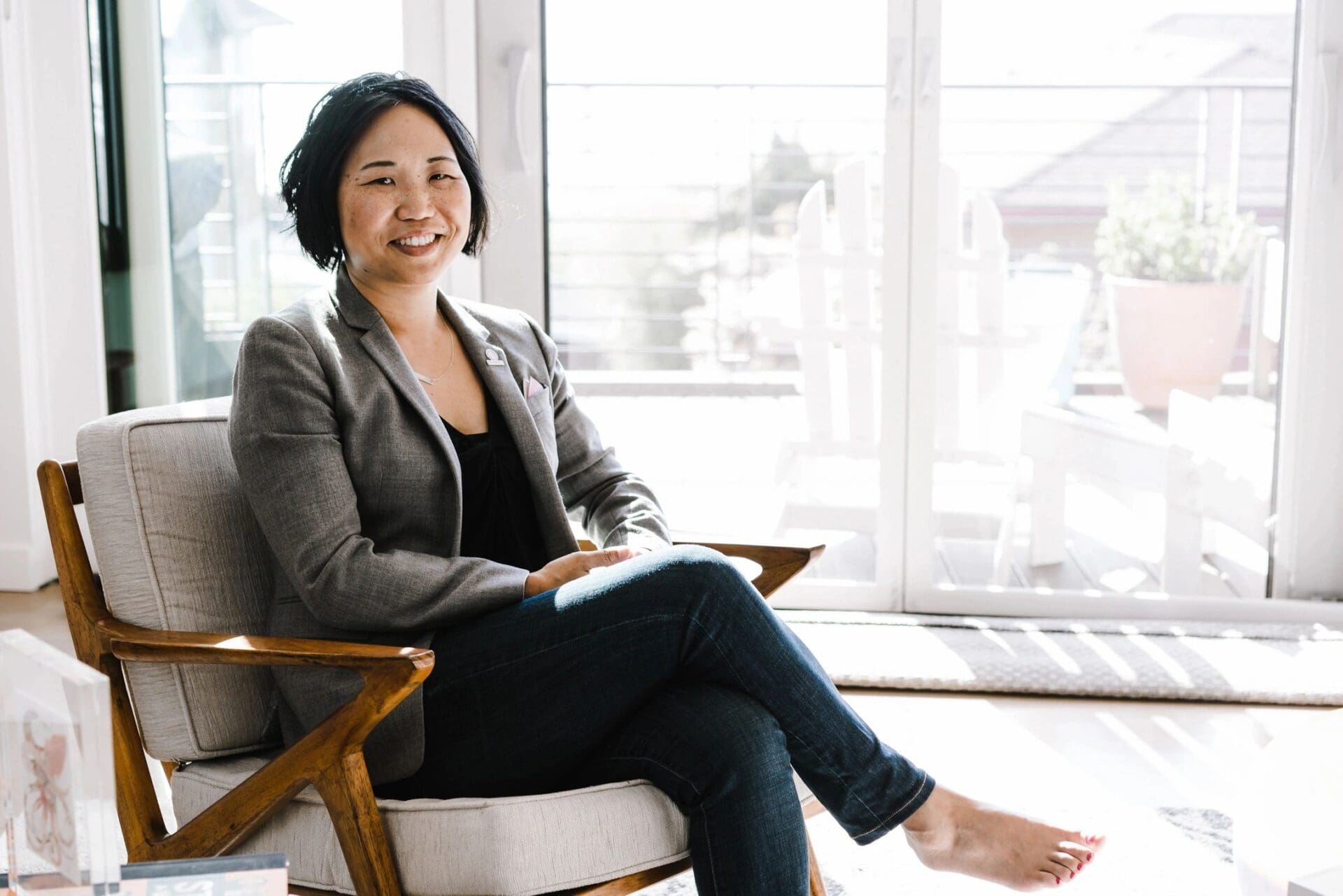Search Posts
Recent Posts
- Rhode Island Weather for June 4, 2025 – Jack Donnelly June 4, 2025
- Sour Grapes time! – Tim Jones (meet Tim at AnimeCon) June 4, 2025
- Lawsuit filed to stop Empire Wind Project by 4 environmental groups and fishermen June 4, 2025
- It is what it is: 6.4.25 – Jen Brien June 4, 2025
- New ALS treatment by PathMaker Neurosystems. Co. funded by RI Life Sciences Hub to come to RI. June 3, 2025
Categories
Subscribe!
Thanks for subscribing! Please check your email for further instructions.

AARP poll: women over 50 to decide control of congress, state capitols – Herb Weiss
By Herb Weiss, contributing writer on aging issues
It’s just 214 days until the upcoming midterm elections scheduled for Nov. 8, 2022, (Rhode Island’s primary is 167 days away scheduled for Sept. 13, 2022). During the 117th Congress, with a slim majority of 222 Democrats to 212 Republicans, the Democrats control the House chamber. When the dust settles after the election we’ll see if the Democrats retain their grip on this chamber. Washington insiders say that Senate Democrats, holding the majority with a 50-50 split with vice president Kamala Harris’ having a tie-breaking vote, could lose control of the upper chamber if the Republican Party flips seats. Thirty-five Senators are up for reelection.
Twenty Republican and 16 Democrat gubernatorial seats (including Rhode Island) are also up for grabs this election cycle, too.
A new AARP study finds that women voters aged 50 and over who haven’t decided which candidate to support will decide who controls Congress and state capitols across the nation in the next election.
Taking a Look at Older Women Voters
AARP’s new research findings released April 6th, in partnership with pollsters Celinda Lake, Christine Matthews, Kristen Soltis Anderson, and Margie Omero, found that only 17% of women in this key voting bloc have made up their mind about who they will support in the upcoming 2022 elections. Not quite two-thirds (65%) of these voters say they will not make their decisions until weeks or even days before Election Day.
“Contrary to conventional wisdom, women voters aged 50 and over do not solidly belong in either party’s camp — and the vast majority haven’t made up their minds about how they’ll vote in November,” said Nancy LeaMond, AARP Chief Advocacy and Engagement Officer. “The instability and uncertainty of the economy, the pandemic, and the political environment are leading these women to demand that candidates address quality of life and pocketbook issues like the cost of living, supply chain problems, and ways to end the discord permeating politics today,” she says.
The pollsters found that the most important issues for r women voters aged 50 and over are “kitchen table budgets” and the “day-to-day experience of rising prices.” Nearly half of those surveyed (46%) see rising cost of living as the most important issue facing the nation today. And 59% say rising prices are the most important issue to them, personally, when reflecting about the economy.
According to AARP, women aged 50 and over are one of the largest, most reliable group of voters. According to voter file and census bureau data, they make up a little more than one-quarter (27%) of registered voters and cast nearly a third (30%) of all ballots in both the 2020 and 2018 elections. In 2020, 83% of registered women voters in this age group turned out and in 2018, the last midterm election, they were 15% more likely to vote than the population at large, says the nation’s largest advocacy group.
Concerns About Rising Costs and the Nation’s Economy
AARP’s national survey also found that 72% of the woman respondents are concerned about having enough income to cover rising costs, with 48% saying they are very concerned. Fifty two percent say the economy is not working well for them, a 15-point change from 2019, when just 37% of women said the economy was not working well for them.
The pollsters found that most are not optimistic about their own financial futures in the next 12 months – with 47% saying they think their personal financial situation will stay the same, while 39% think it will get worse and only 13% think it will improve. The survey findings also indicated that those respondents age 50-64 are intensely worried about saving for retirement and their financial future – with 51% saying they are very concerned about Social Security being there for their retirement and 30% saying they are most concerned about having saved enough for retirement.
According to the AARP survey, women voters aged 50 and over also expressed concern about political division in the country, and they are unimpressed with the job elected officials are doing on a range of issues, including their dominant concern of rising prices.
By more than a two-to-one margin, the pollsters say that these voters want politicians who are willing to work together to get things done, even if the result is an occasional compromise that goes against voters’ values (67%), over politicians who consistently fight for their values but don’t often find solutions (30%). This finding remains consistent across party identifications, with 77% of Democratic women and 57% of Republican women preferring a politician compromise to get things done, while 21% of Democratic women and 40% of Republican women prefer a values-prioritizing politician.
Taking a deeper look, the pollsters found that women voters 50 and over are divided evenly by party (44% R – 45% D), in sharp contrast to their male counterparts who are solidly Republican (51% R – 38% D). In a generic ballot, the Democratic candidate for Congress (48% will vote for) has a 7-point advantage over the Republican candidate (41% will vote for) among these women voters.
Similar Observations from the Pollsters
“Addressing the rising cost of living is an issue that any smart candidate for office will put front and center this year,” said Kristen Soltis Anderson, founding partner, Echelon Insights. “Especially in midterm elections, women voters aged 50 and over will be a critical group that both parties must compete for, and cost of living is clearly the top issue on which they want leaders to be focused,” she said.
Celinda Lake, founder and president, Lake Research Partners, agrees with Anderson that women aged 50 and over can be the significant voting bloc in the 2022 elections. “They are sure to turn out in high numbers when many other voters are disengaging. These voters have yet to make up their minds and are dissatisfied with the jobs their elected leaders are doing, especially on the kitchen table economic issues they face every day,” she notes.
“Women over 50 may not only be the decision-makers in their households, but they may also be the decision-makers of the midterm elections,” said Margie Omero, Principal at GBAO.
Christine Matthews, President of Bellwether Research, says“Women over 50 are arguably the most important voting cohort for the 2022 midterm elections – and they are not happy,” “They are extremely worried about the impact rising prices – particularly groceries – are having on their budget and their ability to save for retirement,” she says.
Matthew adds,” A majority say the economy is not working for them – a significant uptick from two years ago. They want politicians to work together to find solutions to inflation and other key issues, but they are not pleased with what they see. Elected officials should be prepared to demonstrate to this key group that they are working productively on cost-of-living issues,” she says.
The AARP national survey was conducted by phone and online from Feb. 18 to March 3, 2022, using 1,836 voters aged 50 and over who are likely to vote in 2022, with samples of Black voters, Hispanic/Latino voters, Asian American/Native Hawaiian and Pacific Islander voters, as well as American Indian/Alaska Native voters.
A Final Note…
It’s just seven months before the upcoming midterm elections. The historical voting pattern of midterm elections is clear. “The sitting president’s party almost always loses House seats in the midterms. Going back to Harry Truman’s presidency, the president’s party has lost, on average, 29 House seats in each president’s first midterm election,” says James M. Lindsay, senior vice president, director of studies, and Maurice R. Greenberg chair at the Council on Foreign Relations, in a blog article, “The 2022 Midterm Congressional Elections by Number,” published on March 8, 2022.
Lindsay, senior vice president and director of studies and Maurice R. Greenberg chair, says, “The betting money is that the Republican Party will be the winner on election night, taking back control of one, if not both houses of Congress,” he says, noting that eight months can be a lifetime in politics.
Republicans are optimistic in picking up seats because of Biden’s low job approval rating, inflation being at a 40-year high, 31 incumbent Democrats retiring (it’s more difficult to defeat an incumbent) and the COVID-19 pandemic still killing 1,500 American’s daily, says Lindsay. But Lindsay predicts Democrats may do better at the polls just because “the midterms are still eight months away,” and who knows where the country will be then. “The redistricting of House seats is going well for the Democrats with several states throwing out Republican redistricting plans and others enacting redistricting plans to benefit the Democrats, he says.
“The Senate math favors Democrats, the party just defending 14 seats while Republicans must keep 21 Senate seats,” adds Lindsay. “Ideologically extreme candidates” will push away moderate voters in House and Senate races, he says.
But AARP’s national poll warning to Senators, House lawmakers, and Governors to not ignore the concerns of older women voters should be heeded. Not listening has a political cost. It may well determine the balance of power in the next election.

Herb Weiss, LRI’12, is a Pawtucket writer covering aging, health care and medical issues. To purchase Taking Charge: Collected Stories on Aging Boldly, a collection of 79 of his weekly commentaries, go to herbweiss.com.
